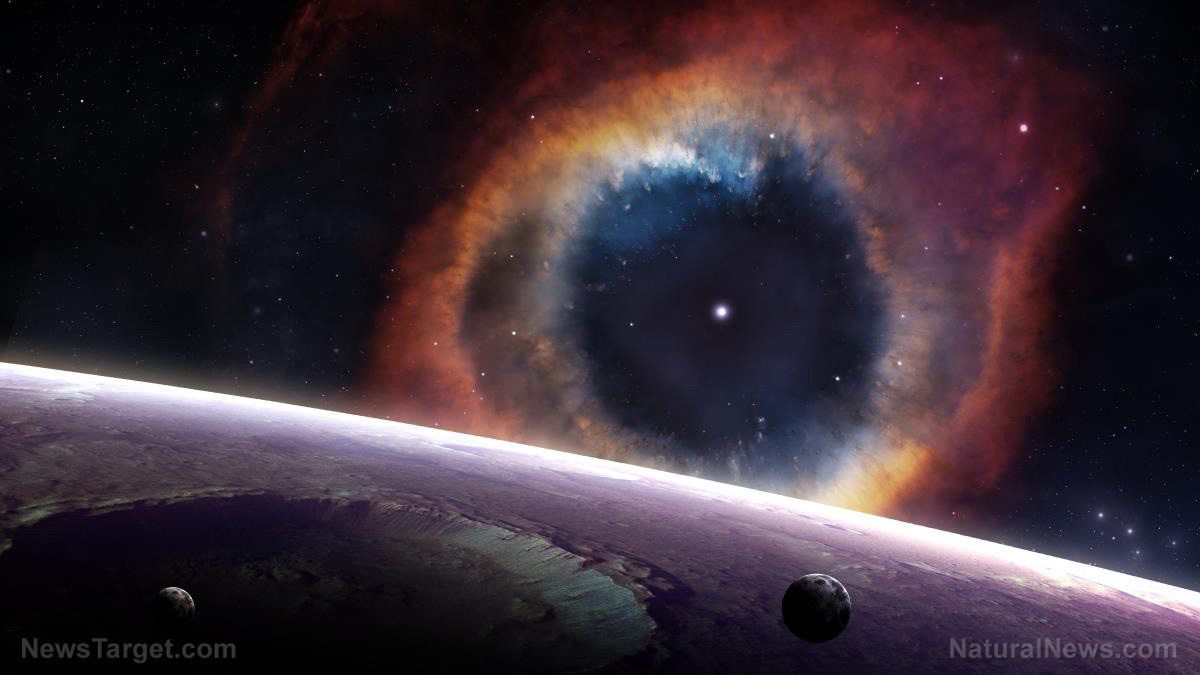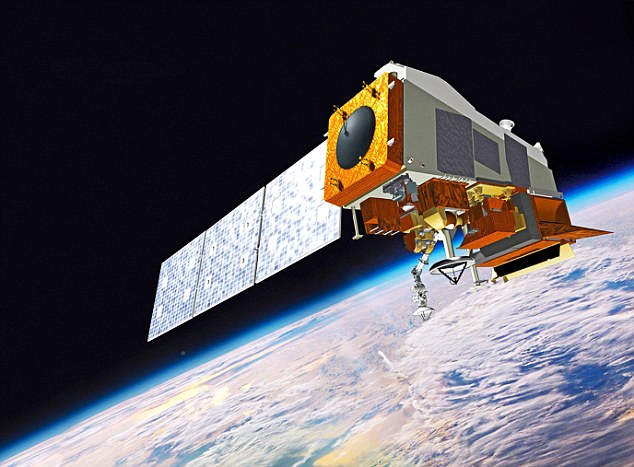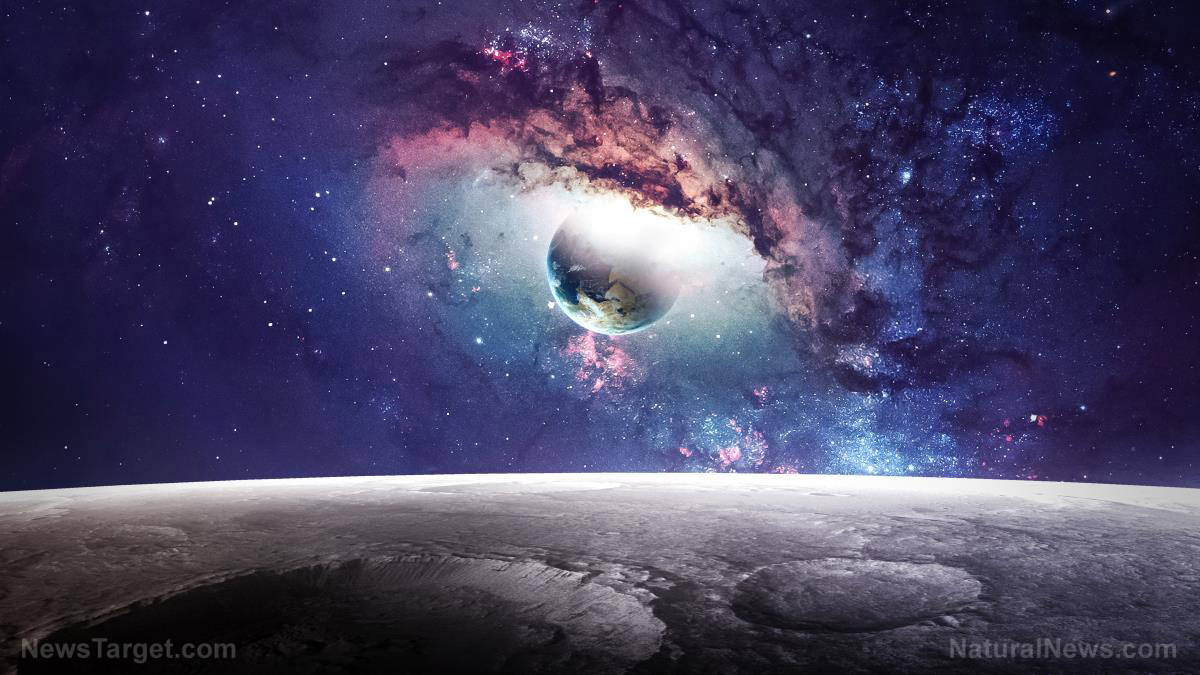Uh-oh, astronomers say they’ve lost track of more than 900 near-Earth asteroids
07/20/2018 / By Zoey Sky

Near-Earth asteroids are “space rocks” that are often in close proximity to the planet. According to a report, scientists have somehow lost track of over 900 asteroids, which seems to be a recipe for disaster.
But while the number seems alarming, scientists say that the near-Earth asteroids “have a low chance of hitting Earth and causing any damage.”
Asteroids lost in space
The comprehensive report, which was written by astronomers from the Harvard-Smithsonian Center for Astrophysics, confirmed that at least 11 percent of about 17,000 potential near-Earth asteroid candidates recorded by the International Astronomical Union’s Minor Planet Center from 2013 to 2016 are unaccounted for.
Following their initial sighting, the asteroids’ coordinates were lost. This means astronomers were unable to follow up on or confirm the location of the asteroids.
A potential near-Earth asteroid is an asteroid that can be found at least 30 million miles from Earth’s orbit. While “tens of millions of space rocks” belong to this category, astronomers are worried about bigger asteroids.
Back in 2005, the U.S. government tasked NASA with identifying 90 percent of potential near-Earth asteroids that measured at least 460 feet or larger. These asteroids are potential threats, especially if they collide with Earth.
The new report also revealed that 11 percent of the potential near-Earth asteroids were lost because recently discovered candidates were submitted for confirmation at the last-minute. Since the submissions were late, a secondary source didn’t have enough time to verify the data.
Peter Vereš from the Minor Planet Center explained that experts must work quickly so they can have time to track the asteroids, which “could be on the other side of the sky” where no one will have able to monitor them.
Another obstacle is bad weather, which makes it hard to track fast-moving space objects that remain unrecorded. (Related: Avoiding Armageddon: Scientists experiment with ways to destroy or redirect threats from space.)
Since the asteroids are lost, scientists have no way of knowing how close the space objects are to the planet, along with how close they could be in the future. Vereš added that even if the asteroids get close enough, they are at least too small to cause damage.
He said, “We believe that the largest ones – planetary killers larger than one kilometer – those are basically all found.” Even if the lost asteroids turn out to be harmless, scientists still haven’t identified all the potentially dangerous asteroids in space.
To remedy this, the National Aeronautics and Space Administration (NASA) formed a mission to classify these large near-Earth objects. The NASA mission has a 2020 deadline for accomplishing this goal. But this seems unlikely, unless the agency has “some serious robotic help.”
If a large undetected asteroid does get too close for comfort to Earth, NASA is prepared. The agency’s asteroid deflection mission is a form of planetary defense that can hit an incoming asteroid to make it alter its course.
Fast facts on asteroids
The small and rocky objects that orbit the Sun are called asteroids.
- William Herschel, an astronomer, first coined the word “asteroid” in 1802. It means “star-like.”
- Ceres, the first asteroid, was discovered by Giuseppe Piazzi in 1801. Aside from being the first asteroid discovered, Ceres is also the largest known asteroid. It measured 933 km (580 miles) across.
- 1991 BA, the smallest known asteroid, measures only six meters (20 feet) across.
- So far, there are more than 600,000 known asteroids in the solar system.
- One theory implies that asteroids are planetesimals, or “the building blocks of planets.”
- A lot of asteroids have irregular shapes since they are too small to generate enough gravitational pull to become spherical.
You can read more articles about asteroids and efforts to detect them at Space.news.
Sources include:
Tagged Under: asteroids, Earth, NASA, near-Earth asteroids, outer space, science, solar system, Space, space collision, space exploration, Stars














